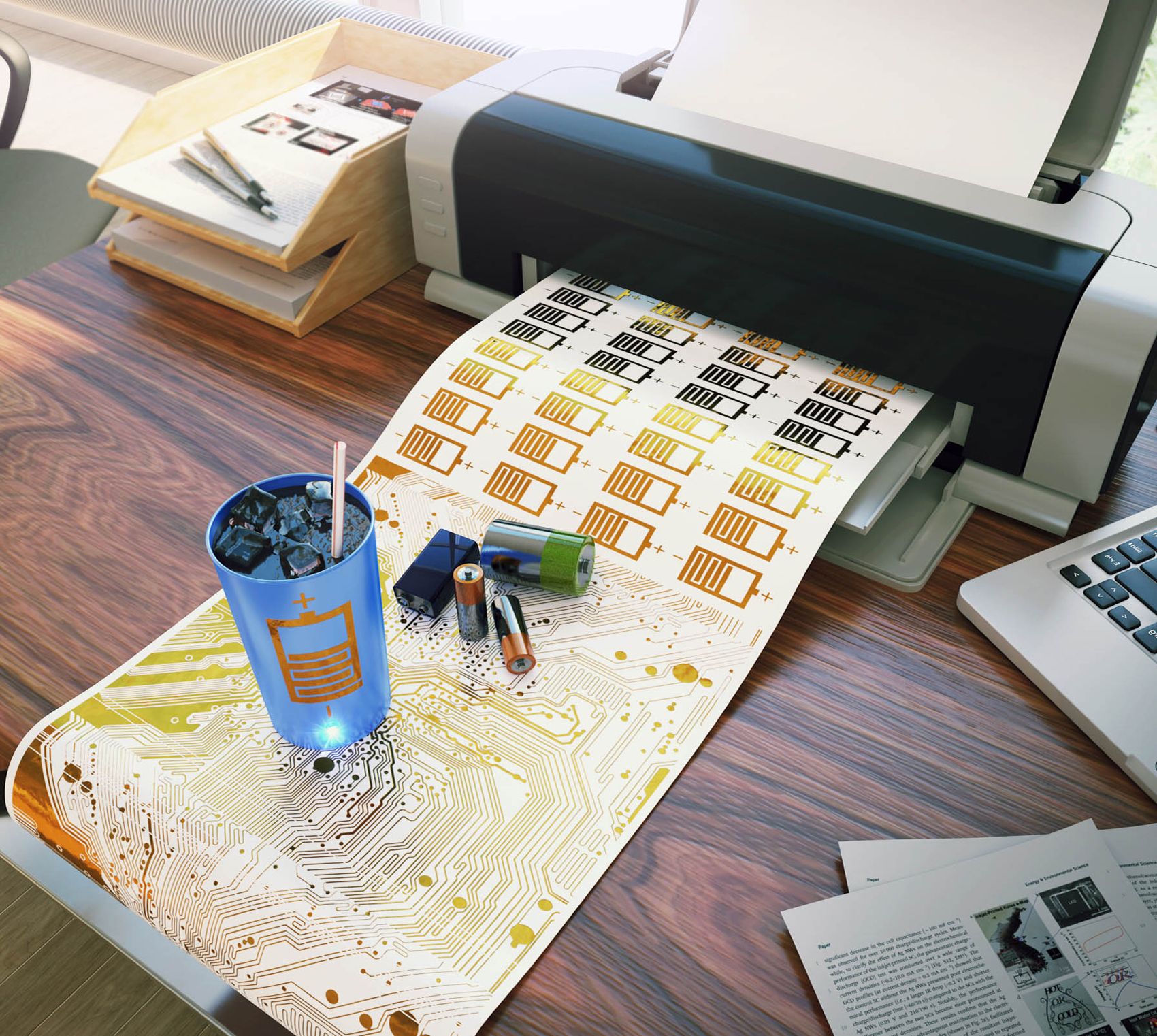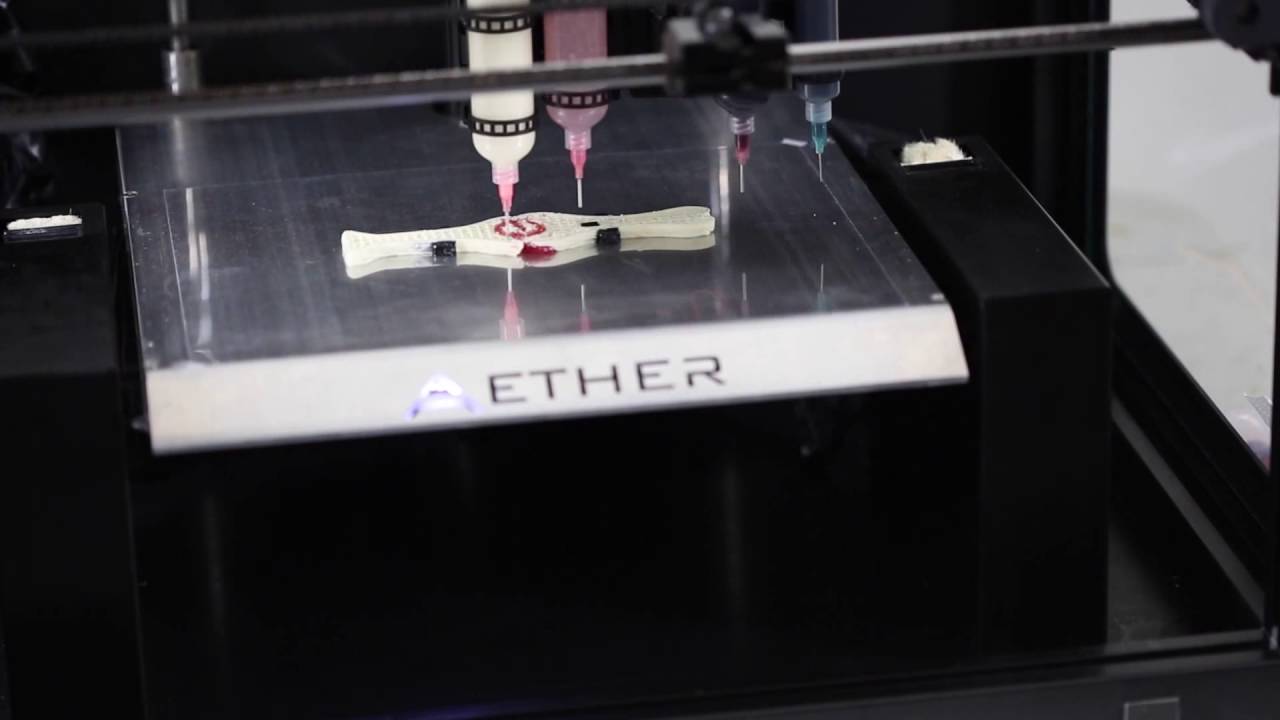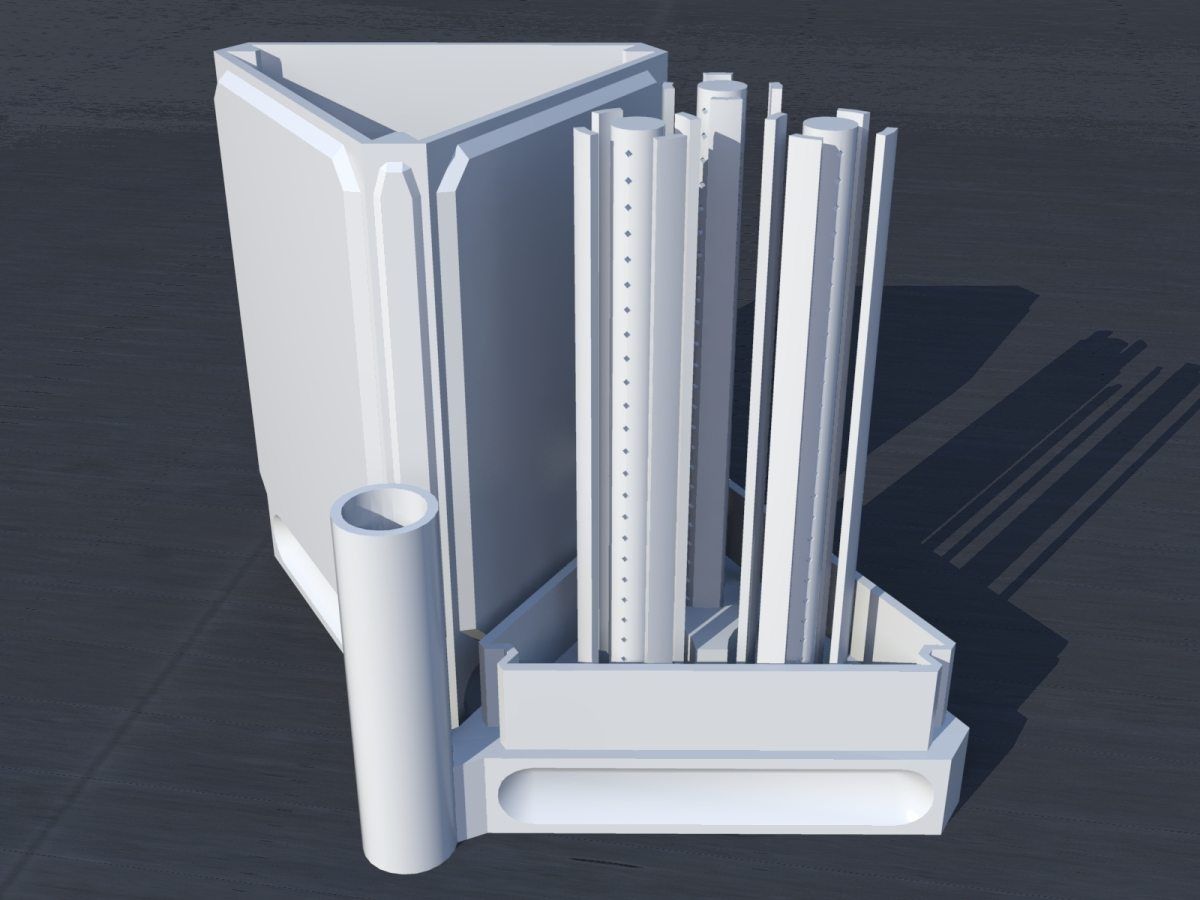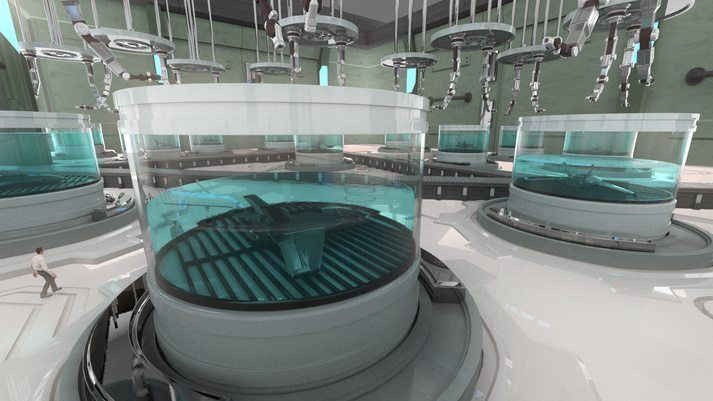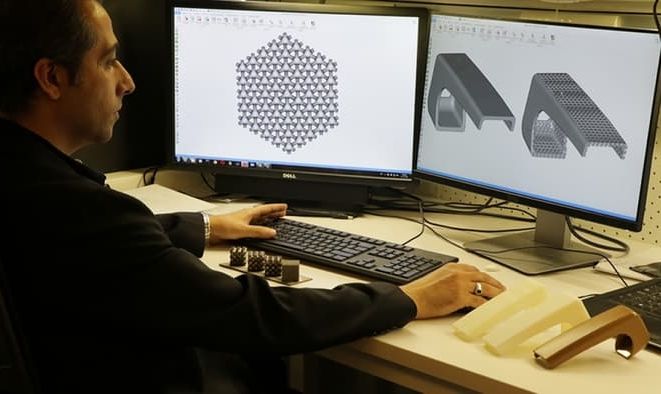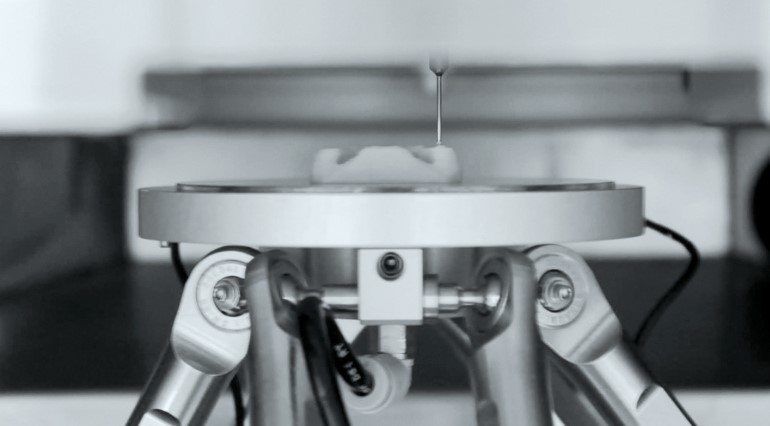Jul 11, 2016
This startup wants to replace the silicon in your smartphone with diamonds
Posted by Karen Hurst in categories: 3D printing, biotech/medical, mobile phones
Synthetic diamonds and the manufacturing of diamonds in mass quantity (including 3D Printing) is going to explode over the next few years with QC, Medical devices and technologies, smartphones, etc. Again, I hope Intel, Nvidia, HP, Xerox, etc. are listening.
Chicago-based startup Akhan Semiconducton wants to replace the silicon found in most modern-day electronics with diamonds derived from methane gas.
Continue reading “This startup wants to replace the silicon in your smartphone with diamonds” »

